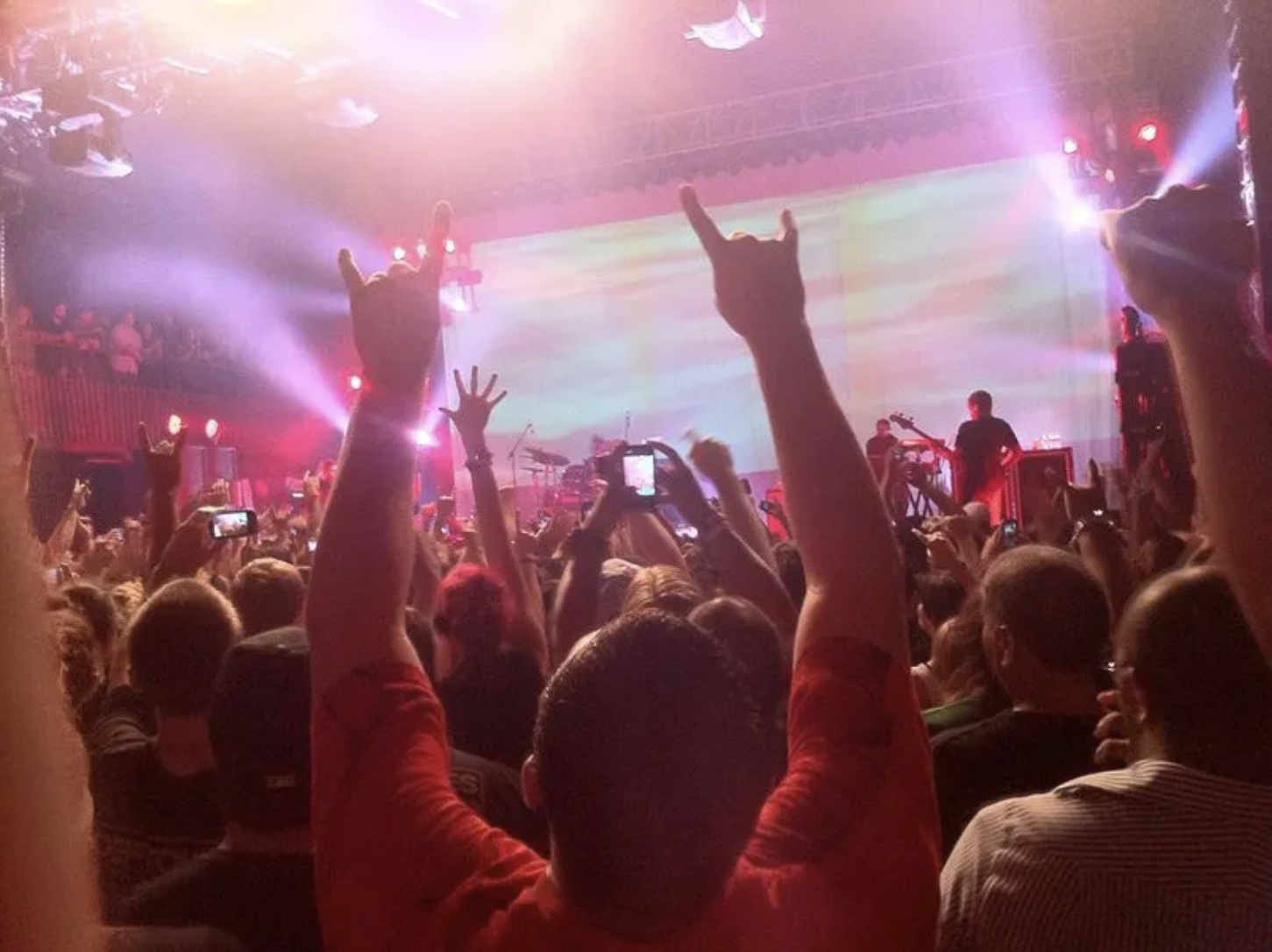In the first chapter of his 1992 book, Turn Signals are the Facial Expressions of Automobiles (Addison-Wesley), Donald Norman describes going to see a sixth-grade play in a relatively small auditorium. “If there had been only fifty parents present, it would have been crowded,” he writes. “But in addition to the parents, we had the video cameras.” Written some thirty years ago, this anecdote is well before the camera shrunk and merged with the mobile phone. Video cameras were cumbersome, and many didn’t yet run on batteries, hence his long-since gone concerns about space. He continues,
Ah yes, once upon a time there was an age in which people went to enjoy themselves, unencumbered by technology, with the memory of the event retained within their own heads. Today [1992] we use our artifacts to record the event, and the act of recording becomes the event.
Norman calls this need to record instead of paying attention “vicarious experiencing.” Echoing him many years later, the comedian Doug Stanhope used to do a joke about people recording his stand-up shows. As wireless networks and their bandwidth got broader and smartphones and their cameras got smaller, sharing experiences got easier and easier. Having always not only allowed but encouraged the sharing of his material online, Stanhope grew tired of people filming his performances, taking quotations out of context, as well as posting incomplete bits. “Hey, why don’t you just watch the show?” he asked. His mocking response: “Nah, I’d rather watch it on my laptop later.”

On the way to record their 2006 record, Blood Mountain, with the Seattle producer Matt Bayles, Atlanta metal band Mastodon test drove many of their new songs in front of live audiences across the country. It was the last opportunity they would have to do so. By the time they were ready to record their next record, 2009’s Crack the Skye, camera-enabled smartphones and easily uploaded video made it impossible to practice in public. No more sampling a song in front of a live audience lest a lesser version be shared with the world before it’s ready.
You know how it feels when your boss or best friend asks to see something you’re working on before it’s finished. You have to make excuses about every angle you were trying and every flaw you already know needs fixing. The unfinished can be a fragile state for the creative process, and the unfinished work is only shades of its future self at best. The unfinished opens the creator to questions that the finished version would never elicit.

Consider the same situation for comedians like Stanhope above. Jokes have to be worked out in front of audiences. The only way to truly test the wording, the phrasing, the cadence of a set-up, and the optimal delivery of a punchline is to hear a live crowd react. There’s no way to do that if you run the risk of having every joke-in-progress recorded and posted online. And having an online audience hear all of your rough drafts diminishes the final version’s impact. Everyone loses.
The invisibility of communication networks coupled with the ubiquity of cameras and screens has collapsed contexts of all kinds. Call this one the Fanopticon. Our vicarious lives notwithstanding, the inability of live performers to practice in a semi-public arena is another unintended consequence of these collapsings.
